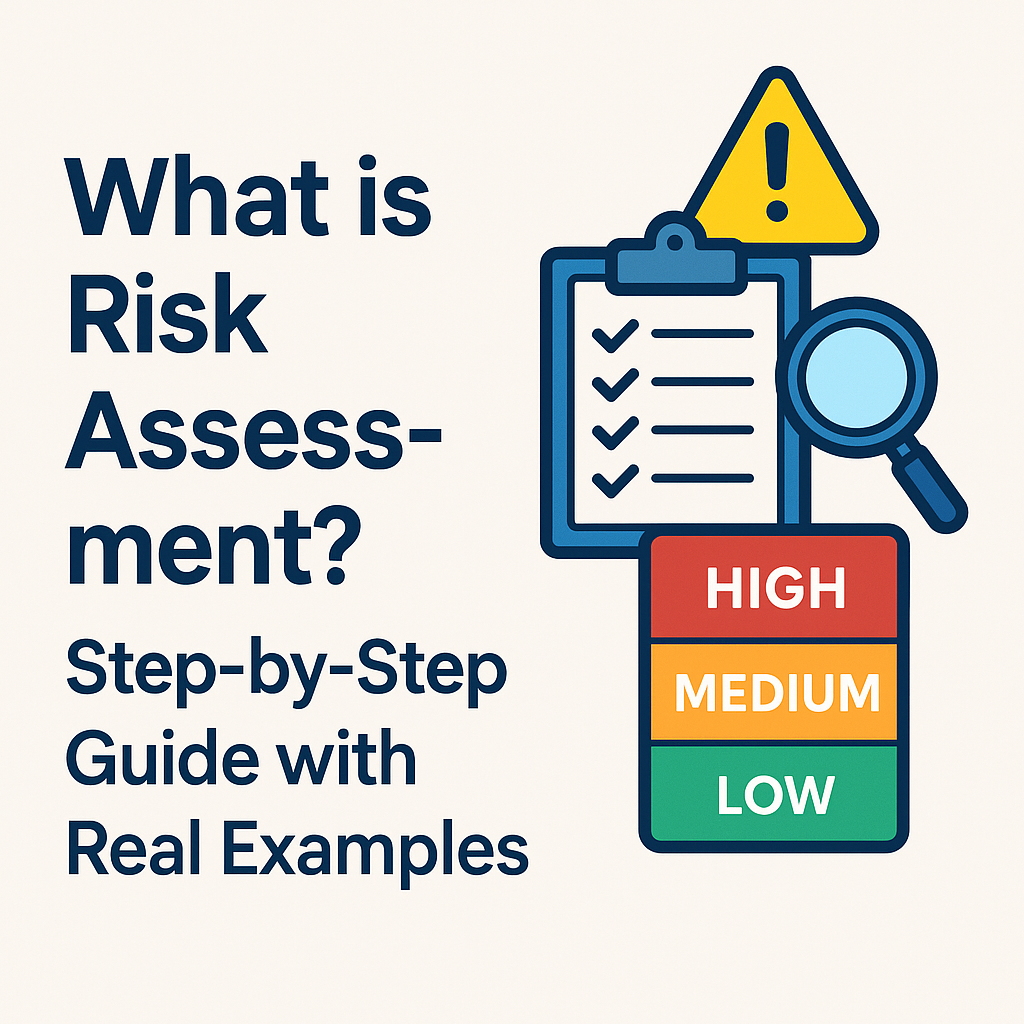
50 Duties of Safety Steward
50 Duties of Safety Steward : Safety stewardship is a crucial role across industries, tasked with ensuring the well-being of individuals, the environment, and the organization itself. This article delves into the expansive scope of responsibilities that define a safety steward’s role.
Importance of Safety Stewardship
Understanding the significance of safety stewardship elucidates its pivotal role in preventing accidents, fostering a secure environment, and upholding regulatory compliance.
Core Responsibilities of a Safety Steward
- Risk Assessment: Analyzing potential hazards to mitigate risks effectively.
- Emergency Preparedness: Developing plans for prompt responses to emergencies.
- Safety Training: Conducting training sessions for staff on safety protocols.
- Policy Implementation: Ensuring compliance with safety policies and regulations.
- Incident Investigation: Probing accidents to prevent recurrence and improve safety measures.
Essential Skills and Qualities
- Communication Skills: Clear and effective communication to disseminate safety information.
- Attention to Detail: Recognizing and addressing potential safety issues.
- Leadership Abilities: Guiding others in adhering to safety protocols.
- Critical Thinking: Assessing risks and devising preventive strategies.
Training and Certifications
To excel in this role, acquiring certifications like OSHA, CPR, and First Aid is imperative. Rigorous training programs hone the skills necessary for effective safety stewardship.
Safety Procedures and Protocols
Implementing and enforcing robust safety procedures forms the cornerstone of a safety steward’s duties. This includes regular inspections, safety drills, and protocol updates.
Risk Assessment and Mitigation
Conducting thorough risk assessments enables the identification of potential dangers, allowing for preemptive measures to mitigate risks effectively.
Communication in Safety Management
Effective communication ensures that safety guidelines and protocols are clearly understood and followed by all team members.
Incident Response and Management
Swift and decisive action during incidents is crucial. A safety steward leads the response, ensuring minimal impact and swift resolution.
Technology and Safety Stewardship
Utilizing technological advancements, such as AI-driven safety systems and predictive analytics, enhances proactive safety measures.
Industry-Specific Duties
Different industries require tailored safety approaches. A safety steward adapts practices to suit specific industry needs, such as construction, healthcare, or manufacturing.
Safety Audit and Compliance
Regular audits ensure compliance with safety standards and regulations, maintaining a safe working environment.
Continuous Improvement in Safety
Consistent evaluation and improvement of safety protocols foster a culture of continuous enhancement in safety measures.
Here's a list of 50 duties that a Safety Steward might perform:- Conduct regular safety inspections in the workplace.
- Enforce safety regulations and policies.
- Provide safety training to employees.
- Investigate accidents and incidents.
- Develop and update safety procedures.
- Conduct risk assessments.
- Ensure the availability of safety equipment.
- Monitor and maintain safety records.
- Conduct safety meetings.
- Respond to emergency situations.
- Create safety reports.
- Implement safety improvement programs.
- Conduct safety audits.
- Communicate safety updates to staff.
- Analyze safety data and trends.
- Collaborate with management on safety initiatives.
- Conduct safety drills.
- Identify and mitigate hazards.
- Review and update safety manuals.
- Train employees on emergency procedures.
- Conduct safety briefings for new hires.
- Investigate near-misses and potential hazards.
- Monitor compliance with safety regulations.
- Evaluate safety training effectiveness.
- Coordinate safety committees.
- Develop evacuation plans.
- Provide guidance on personal protective equipment (PPE).
- Recommend safety improvements.
- Participate in safety-related meetings.
- Conduct safety assessments for new equipment or processes.
- Maintain emergency response kits.
- Evaluate workplace ergonomics.
- Implement safety signage.
- Conduct safety awareness campaigns.
- Coordinate with external safety agencies.
- Monitor chemical safety protocols.
- Perform safety audits on machinery.
- Review safety-related incidents for lessons learned.
- Monitor and ensure proper ventilation.
- Develop safety checklists.
- Monitor and enforce electrical safety.
- Conduct fire safety inspections.
- Coordinate first aid training.
- Promote a safety culture among employees.
- Address employee safety concerns.
- Ensure proper storage of hazardous materials.
- Monitor and enforce vehicle safety protocols.
- Coordinate safety-related vendors or services.
- Create and update emergency contact lists.
- Continuously assess and improve safety practices.
These duties can vary depending on the industry and specific responsibilities of the Safety Steward within an organization.Conclusion
Safety stewards play a pivotal role in safeguarding lives and ensuring organizational well-being. Their multifaceted duties encompass proactive risk management, communication, incident response, and continuous improvement.
50 Duties of Safety Supervisor
Fresher Safety Supervisor Salary
Fresher Safety Engineer Salary
Unique FAQs:
- What is the role of technology in modern safety stewardship?Technology plays a vital role in modern safety stewardship by offering innovative tools like AI-driven systems, IoT devices, and data analytics. These technologies aid in predicting potential hazards, conducting real-time monitoring, and improving overall safety measures. They empower safety stewards to proactively identify risks and implement preventive measures more effectively.
- How does a safety steward prioritize duties in a crisis situation?During a crisis, a safety steward’s primary focus is on immediate response and ensuring the safety of individuals and the environment. They follow predefined emergency protocols, assess the situation rapidly, and coordinate with relevant stakeholders. Prioritization involves swift decision-making to contain the crisis, evacuate if necessary, and minimize harm while seeking additional support if required.
- Are there specific certifications required to become a safety steward?While specific certifications may vary based on industry and regulations, obtaining certifications like OSHA (Occupational Safety and Health Administration), First Aid, CPR (Cardiopulmonary Resuscitation), or industry-specific certifications is highly beneficial. These certifications validate skills and knowledge crucial for effective safety stewardship.
- What measures can a safety steward take to encourage a safety-first culture?A safety-first culture can be fostered by consistently reinforcing safety protocols, providing regular training, leading by example, and encouraging open communication regarding safety concerns. Recognizing and rewarding adherence to safety measures also reinforces the importance of maintaining a safe work environment.
- How does industry specialization affect safety stewardship duties?Safety stewardship duties vary across industries due to distinct hazards and regulatory requirements. For instance, in healthcare, infection control and patient safety are paramount, while in construction, emphasis is placed on equipment safety and site-specific risks. Safety stewards adapt their approaches to address industry-specific challenges and ensure compliance with relevant safety standards.
























